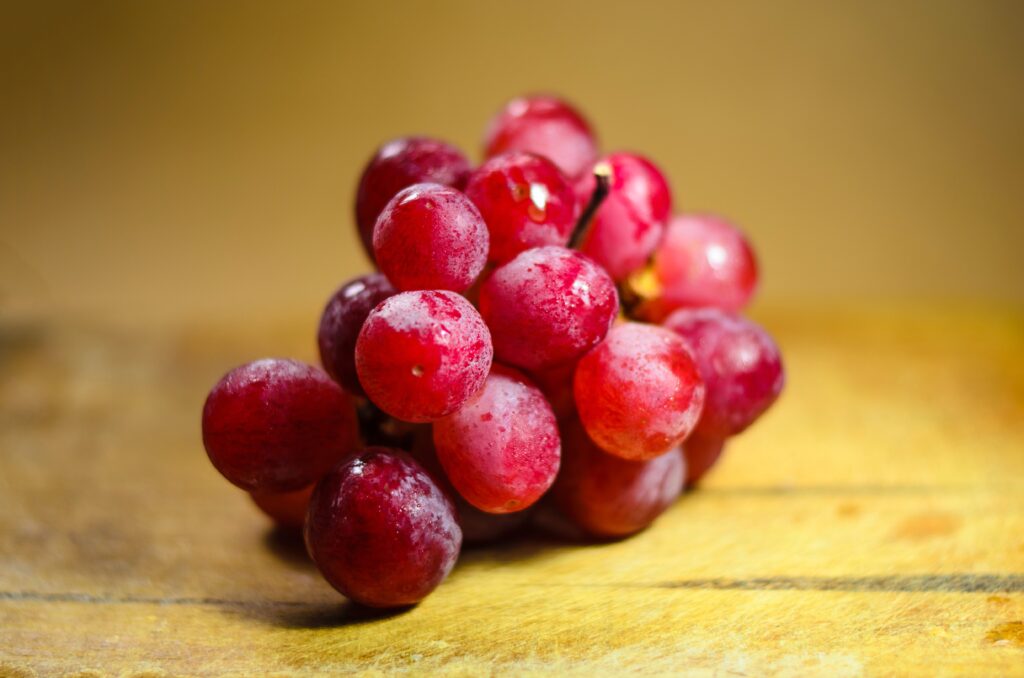
With harvest ongoing, the industry expects to harvest a crop of over 90 million boxes and to continue shipping through December.

Campaign elements include in-store and digital promotions, shopper app promotions, social media advertising, and influencer outreach.

The latest report from the USDA shared by the California Table Grape Commission shows that YTD shipments have been higher than the last three-year average, reaching 12,714,617 boxes up to the week of August 2.

The new protocol will be officially published on Thursday, July 19 in the official gazette of the executive branch of the U.S. government, after more than 20 years of negotiations between the two countries.

The protocol is still awaiting its official publication by the U.S. Federal Registrar and approval in the Chilean National Congress.

This transaction will reportedly help U.S. retailers keep produce prices stable for consumers during the off-season when commodity prices rise 35%.

The first grapes exported under the System Approach are expected to start in November this year.

This year, the sector expects promotable volumes from June through the beginning of January.

Under the terms of the acquisition, Four Star Fruit has exclusive rights to all brands, trademarks, and DNA associated with the Holiday® variety.

Last year, production reached 72 million boxes. Kathleen Nave, president of the California Table Grape Commission, said the last time the crop was under 75 million boxes was 1994.